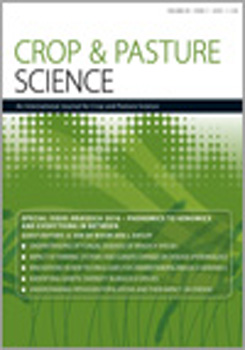As climatic changes occur over the coming decades, our scientific understanding of plant responses to environmental cues will become an increasingly important consideration in the breeding of agricultural crops. This review provides a summary of the literature regarding vernalization research in Brassicaceae, covering both the historical origins of vernalization research and current understanding of the molecular mechanisms behind the regulatory pathways involved in vernalization and subsequent inflorescence. We discuss the evolutionarily conserved biology between the model organism Arabidopsis thaliana and the Brassica genus of crop cultivars and contrast the differences between the genera to illustrate the importance of Brassica-specific research into vernalization.
How to translate text using browser tools
19 June 2017
The role of FLOWERING LOCUS C in vernalization of Brassica: the importance of vernalization research in the face of climate change
Daniel J. Shea,
Etsuko Itabashi,
Satoko Takada,
Eigo Fukai,
Tomohiro Kakizaki,
Ryo Fujimoto,
Keiichi Okazaki
ACCESS THE FULL ARTICLE

Crop and Pasture Science
Vol. 69 • No. 1
January 2018
Vol. 69 • No. 1
January 2018
epigenetics
flowering time
histone modification




